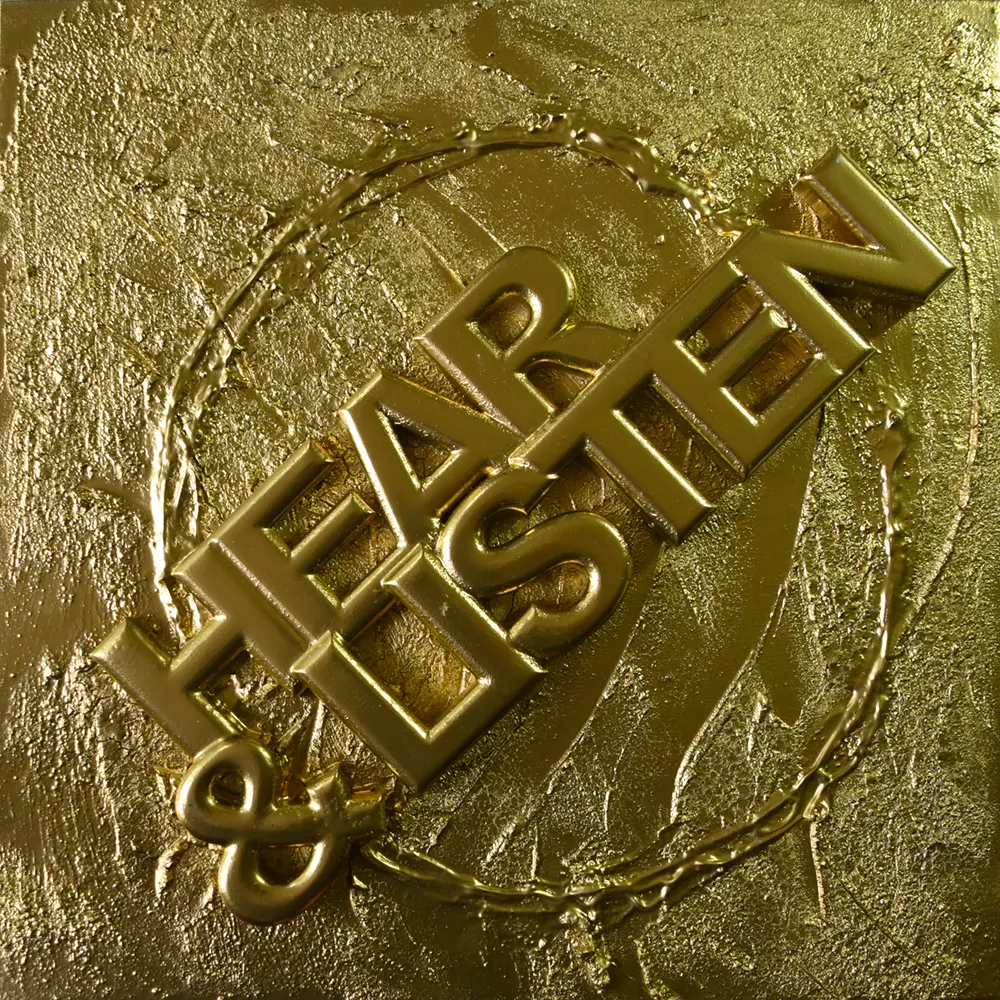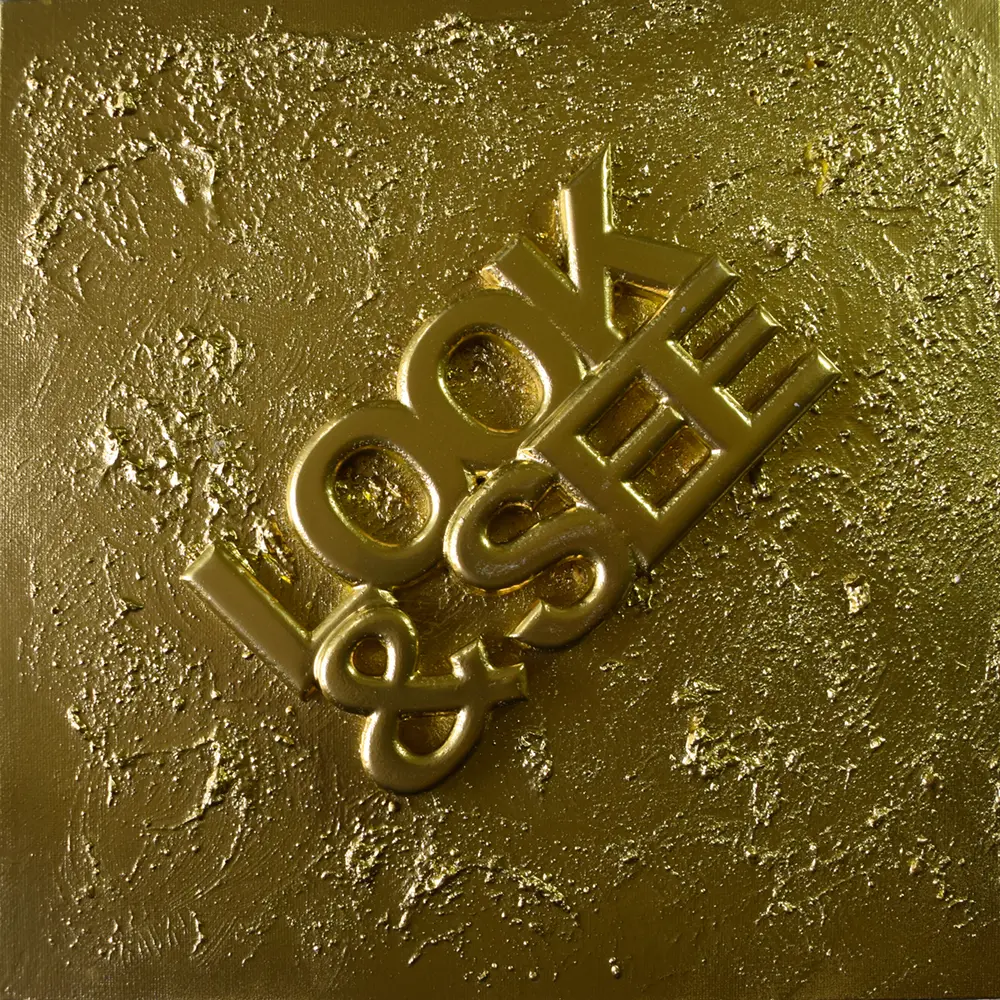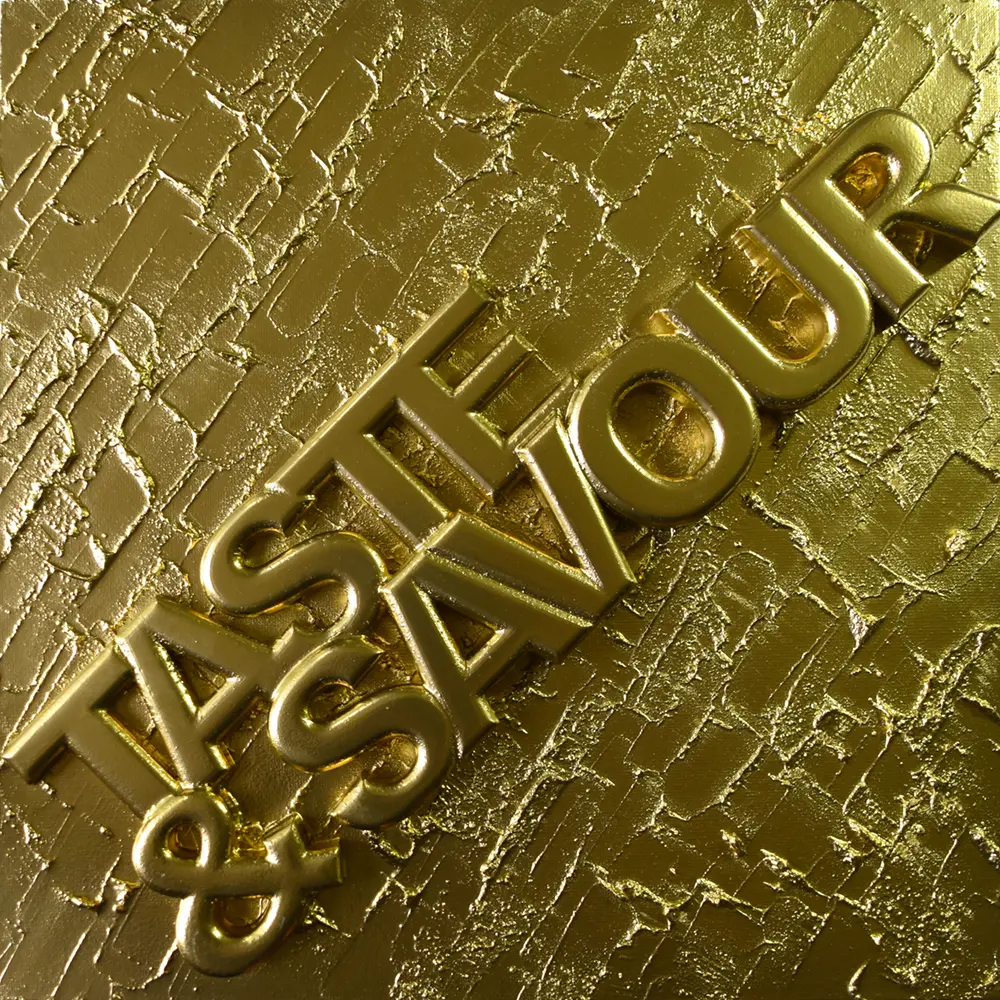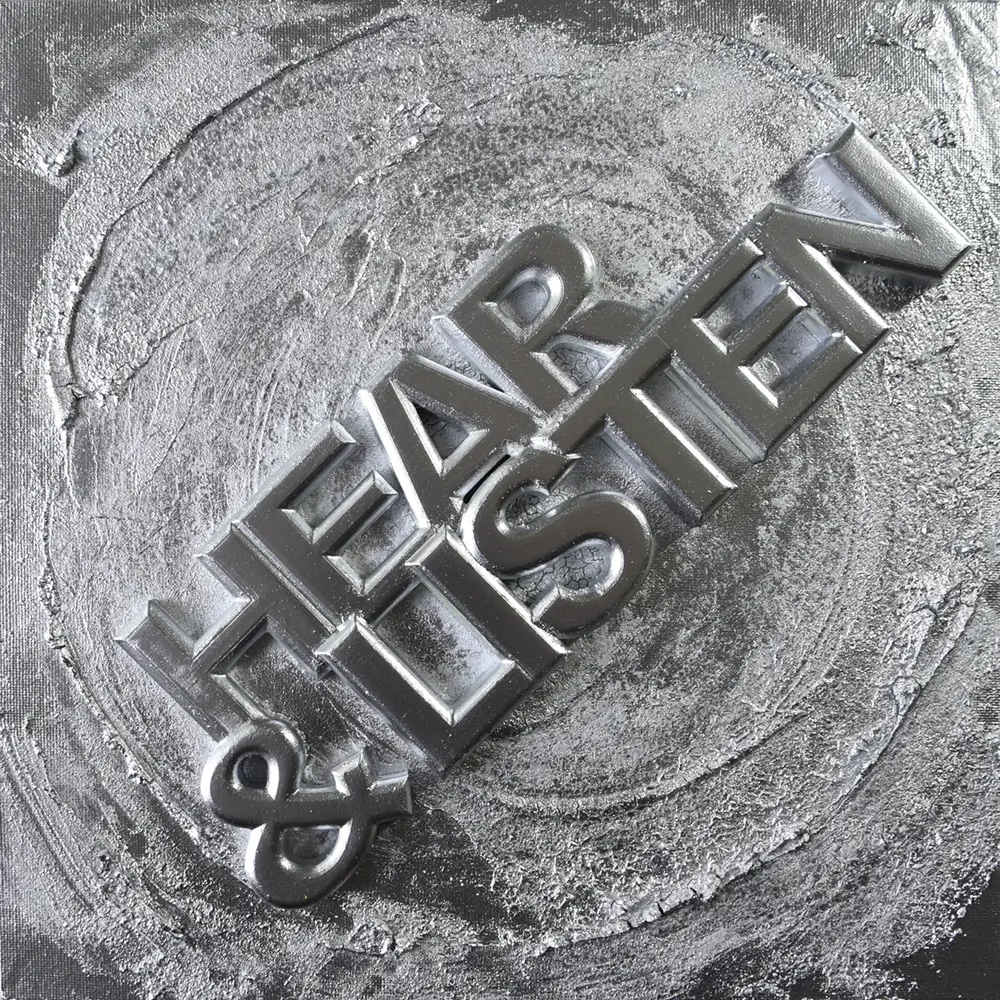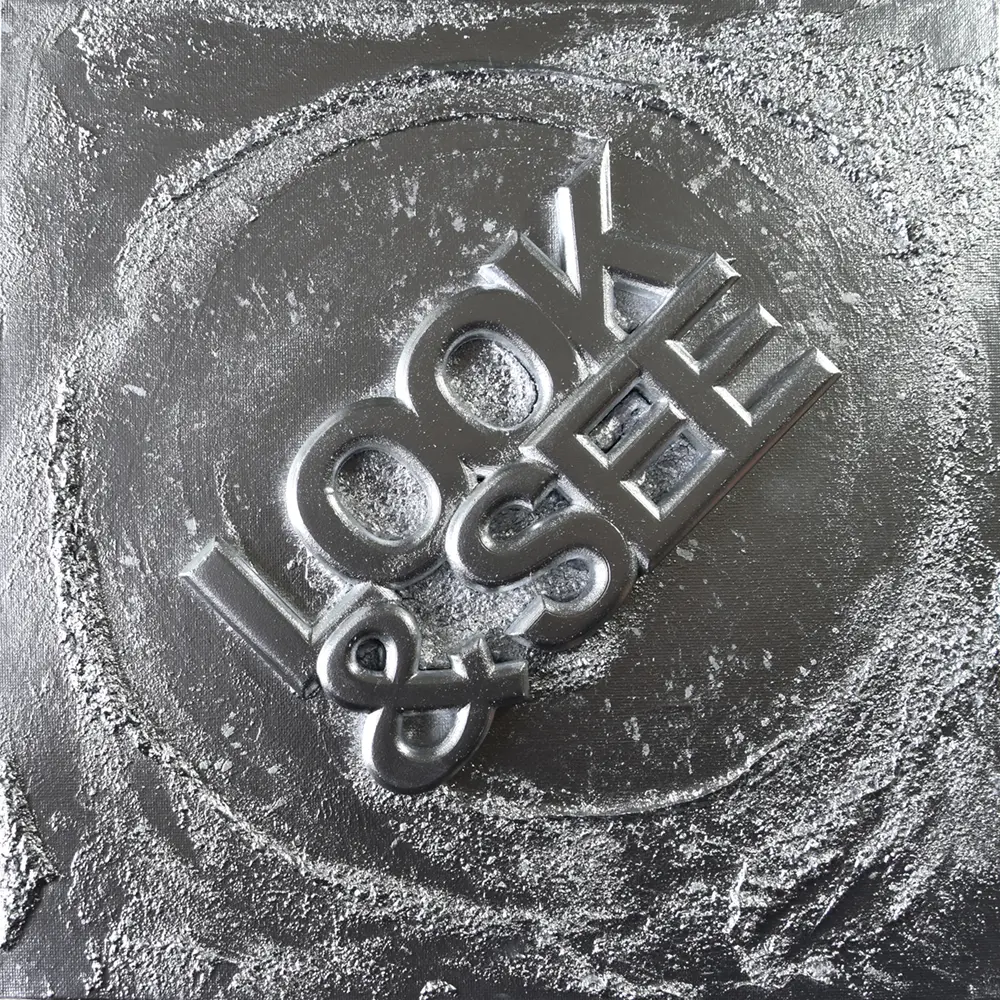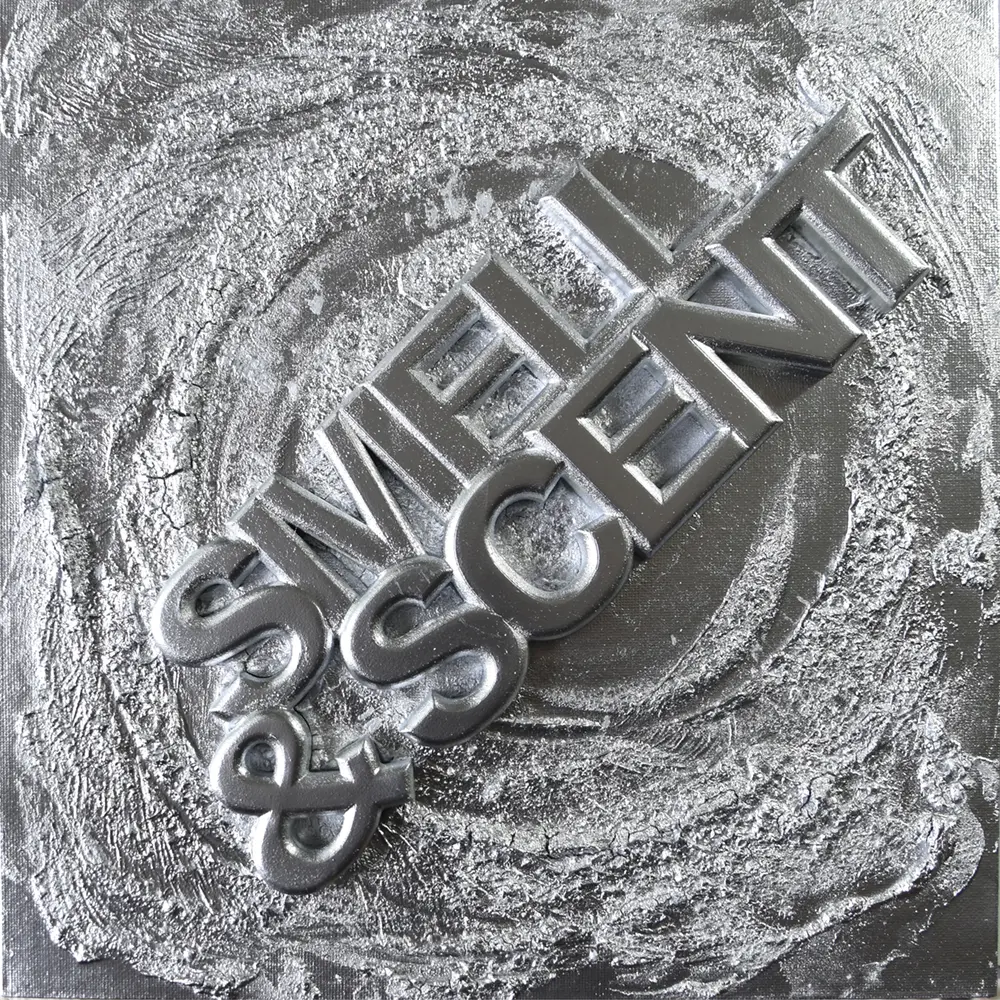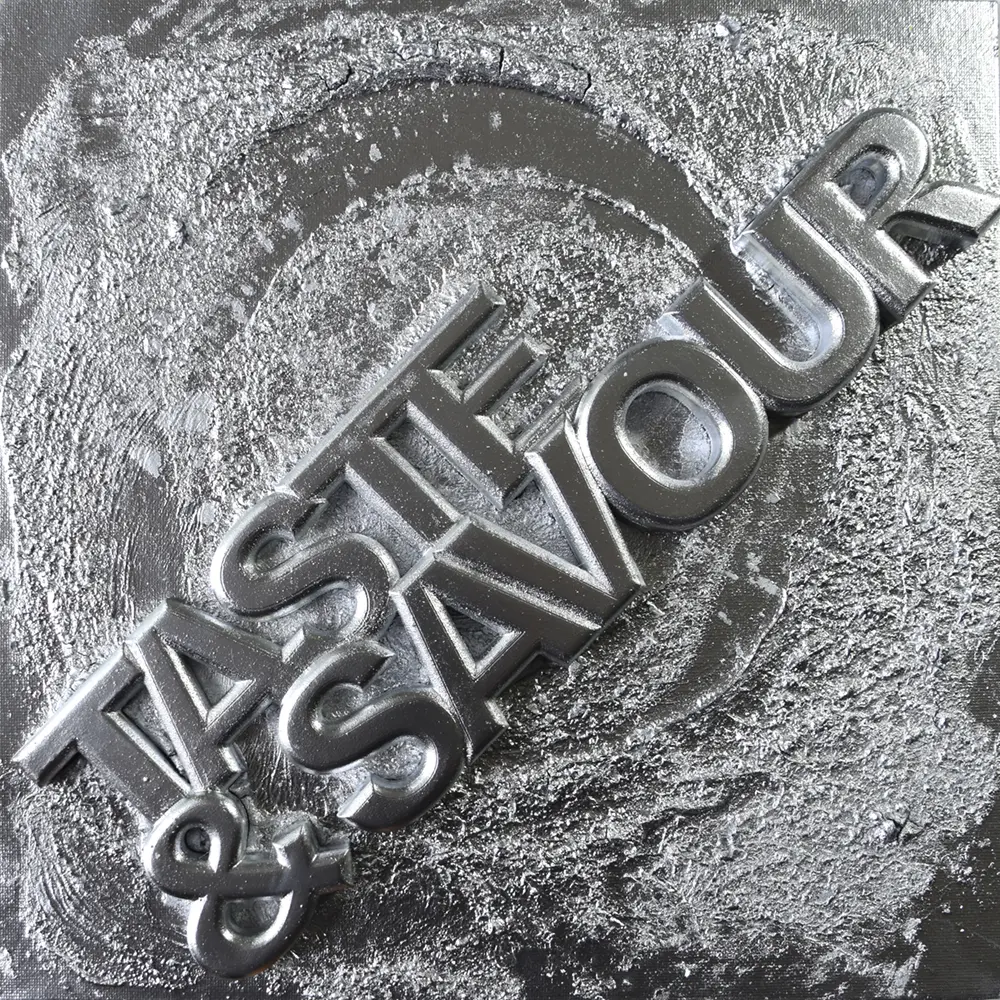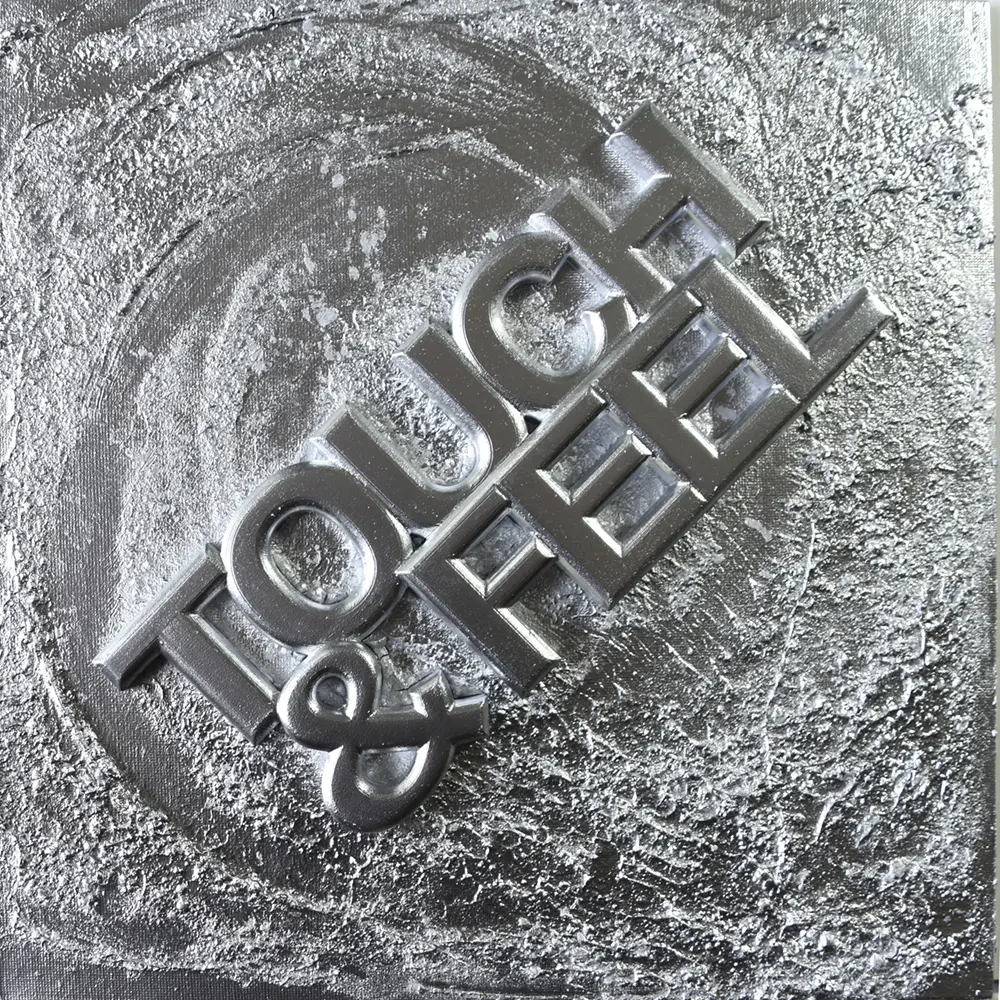Your basket is currently empty!
Senses – Mythology Series – Gold & Silver
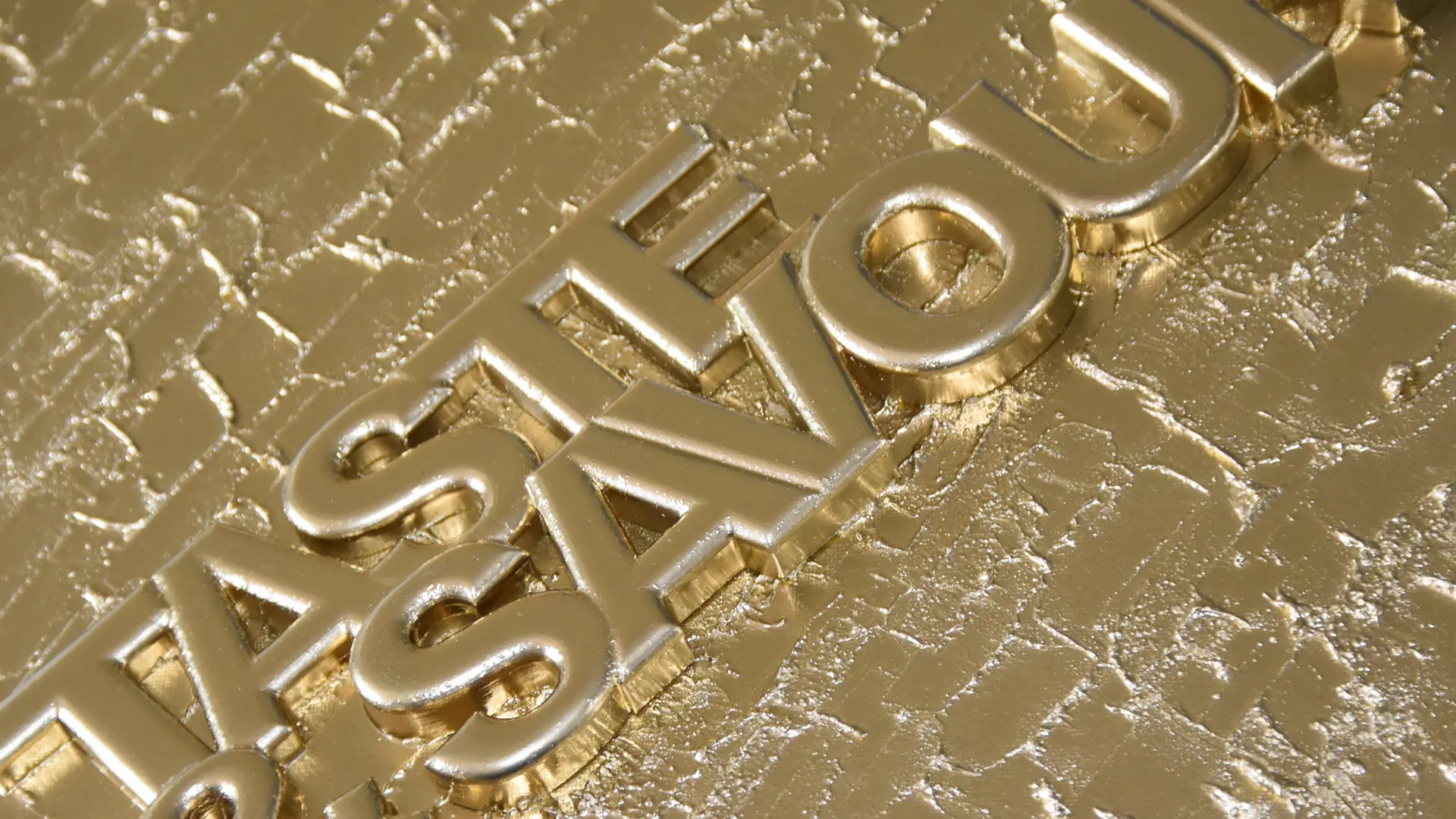
Gold and Silver in mythologies
Across many different cultures we see myths with gold and silver symbolism that have very similar backgrounds or meanings. Gold usually has a outer-worldly origin and is used to show (divine) power. Interesting here is that in both Aztec as Inca cultures gold has no monetary value but a sacred value. Gold needed to be cherished because it was something the gods gave. The myths that contain silver are all linked to the moon in either a moon deity or the light of the moon. Silver in many cultures has been associated with the cold moon light and as a contrast to the warmth of the golden sunlight. A sun god usually has a counterpart in a moon god both traversing the skies.
An interesting twist is in Andvaranaut where the gold is turned into something negative as in the myth of king Midas and his golden hand where he regrets his wish and dies of starvation.
This is a series of 12 unique objects.
Gold
Andvaranaut – Hear&Listen
Andvaranaut is a magical golden ring from Norse mythology that was initially owned by the dwarf Andvari. According to the myth, Andvari lived under a waterfall and could transform into a pike. Loki, the mischievous god, stole Andvari’s treasure, including the ring, and placed a curse on it that brought misfortune and destruction to its possessors
The background wavy lines represent the waterfall with the ring emerging.
Inti ch’irka – Learn&Know
In Inca cultures, gold was believed to be the physical manifestation of the sun’s power and presence on Earth. The Incas often called gold “sweat of the sun,” not as a symbol of wealth, but as something sacred and divine.
The motif represents drops of gold.
Khrysómallon déras – Look&See
The Golden Fleece is a legendary object from greek mythology. It was the fleece of a winged, golden ram that was sent by the gods to save Phrixus, a boy offered as a sacrifice. After rescuing him, the ram was sacrificed to Zeus, and its golden fleece was hung in a sacred grove in Colchis, guarded by a never-sleeping dragon. It symbolises divine treasure.
The background is modelled after wool fur.
Kin Ryuu – Smell&Scent
The Golden Dragon—Kin Ryuu—is a Japanese celestial being, radiant with divine light and ancient wisdom. Unlike fearsome beasts of chaos, it symbolises protection, balance, and spiritual power. Appearing only in times of great significance, it embodies the union of heaven and earth, a living sign of destiny and enlightenment.
The design in the background resembles the moving body of the dragon.
Sika Dwa Kofi – Taste&Savour
Sika Dwa Kofi, the Golden Stool of the Ashanti people, is a sacred symbol believed to house the soul of the nation. According to legend, it descended from the sky onto the lap of the first king, signifying divine approval and uniting the Ashanti kingdom. No one may sit on it, as it embodies the spiritual essence and identity of the Ashanti across generations.
Teocuitlatl – Touch&Feel
Teocuitlatl is a Nahuatl word meaning “excrement of the gods”, a poetic term used by the Aztecs to describe gold. Far from being a vulgar phrase, it reflects the belief that gold was both divine and earthly—beautiful yet spiritually dangerous if misused. To the Aztecs, Teocuitlatl symbolised the gods’ creative excess, a sacred material to be respected, not hoarded.
The motif resembles the gold that flows down from the gods.
Silver
Artemis – Hear & Listen
Artemis, Greek goddess of the hunt and moon, roamed the night skies with her silver bow gifted by Zeus. Her arrows never missed, guided by moonlight and divine instinct. She protected maidens and wild things, cloaked in silver’s purity and cold precision.
The background resembles the moon and movement.
Chandra – Learn&Know
Chandra, the Hindu moon god, travels the heavens in a silver chariot drawn by ten white horses. Once cursed for his vanity, he now waxes and wanes in endless cycles of sorrow and renewal. His silver light calms minds and blesses rituals with grace and clarity.
The two half moons resembles the moon cycles.
Chang’e- Look&See
Chang’e drank the elixir of immortality and rose to the moon, where she lives alone in a silver palace, watched only by a jade rabbit. Her story is mourned every Mid-Autumn Festival, when her silver glow draws hearts skyward. The moon’s light is said to be her sorrow made radiant.
The large flattened parts in the motif show the empty loneliness
Coyolxauhqui – Smell&Scent
Coyolxauhqui, the Aztec moon goddess, led her siblings to slay their mother but was defeated and torn apart by her brother, the sun god Huitzilopochtli. Her dismembered body became the moon, scattered and broken like its phases. Her pale silver light is a reminder of both vengeance and cosmic balance.
The violence in the story translates into the swirling on the moon surface in the background.
Máni – Taste&Savour
Máni, the god of the moon, rides a silver chariot chased by the wolf Hati through the darkened sky. His silver glow marks time for mortals and guides the tides. Though doomed to one day be devoured, his light remains a calm in the Norse night.
The double circular pattern shows the continued cycle of moon rises, the chase.
Tsukuyomi – Touch&Feel
Tsukuyomi, the moon god from Japan, is a solemn figure of silver calm and icy beauty, often distant and alone. After slaying a food goddess, he was banished by his sister Amaterasu, the sun. Since then, day and night remain forever divided — gold and silver estranged in the sky.
The roughness in the lower right flows into the empty and calm of the rest of the image, representing her banishment.

